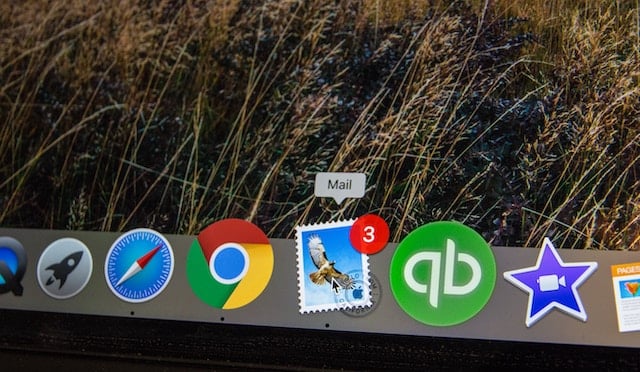 Too often as marketers we make assumptions about customers without any factual basis. After all, study groups can be expensive and the results they produce are often questionionable at best. But inbound marketing can help.
Too often as marketers we make assumptions about customers without any factual basis. After all, study groups can be expensive and the results they produce are often questionionable at best. But inbound marketing can help.

We at Goodbye Crutches were intrigued to hear HubSpotter Ellie Mirman talk recently about how HubSpot adds open-ended questions to their forms so that they can better understand who their customer is, what user persona they might fit into, and what their biggest marketing challenge is today.
But does it hurt to ask?
First, we wondered whether using such simple, open-ended questions on our forms would simply make our forms longer and more complicated to complete, decreasing our overall conversion rate. To test the idea, we devised a simple A/B test on some of our most commonly accessed offers and landing pages. Using the Advanced Landing Pages feature in HubSpot Enterprise, we were able to show our visitors one of two versions of these pages. The only difference we tested was the optional open-ended question “What is your biggest struggle?”
It Doesn’t Hurt to Ask
After running this test for two weeks the data supported that asking this additional questionhad no impact on our conversion rate. But the free online split test calculator and decision tool that we use indicated that we would need to continue the test for an additional five months to truly determine a clear winner.
On the other hand, we were excited to discover that 75% of leads who submitted the form with the test question answered the optional question. Answers varied in length from a single word to lengthy paragraphs, but all gave us new and exciting insight into our potential customers' unique challenges and how we could best serve them.
Using the answers to drive sales
When visitors find us online they are looking for alternatives to using crutches after an injury or surgery. In short, they want relief fast. And in the ecommerce environment of Goodbye Crutches, the sales cycle is very fast -- 90% of all sales happen with in the first week of contact. With a lead-to-customer conversion rate in excess of 50%, we view every lead as sales ready.
The answer that every sales rep dreams of knowing about their lead is “What is your biggest struggle?” With it you can answer why they need your product, and more specifically how your product can benefit them. Beyond that, it starts the conversation in the most useful possible way. Following up with a response to this state need is not viewed as spammy or obtrusive, but as a helpful solution to a pressing problem.
We do this using follow-up emails that include links to at least three helpful resources that address their issue. These could be in the form of a blog article, a video, or an offer like a free buyer’s guide or checklist.
All of these follow-up email are sent within two hours of form submittion if no purchase has been made.
Each follow-up email:
- Acknowledges and affirms the validity of their struggle
- Links to applicable articles and resources
- Provides a compelling, limited-time call to action
This process has been shown to move the sales process along by:
- Beginning a dialogue to increase awareness and trust
- Getting more pages viewed on our site
- Setting a deadline for action (we offer free delivery if the order is placed within one to two days)
Where do we go from here?
Primum non nocere. That is, First, do no harm. Now that we know that asking an additional open-ended question has no negative affect on our lead-to-conversion rate, we've added the open-ended question to all of our top- and middle-of-the-funnel forms.
Where we have appropriate content to answer their question we provide it. Questions we don't already have content for will give us new topics to write about. It all goes to help us further automate the process of making it easier to convert our growing number of online visitors to leads and, ultimately, customers.





![Plannuh Builds Product With the Customer at the Forefront [Customer Story]](https://53.fs1.hubspotusercontent-na1.net/hubfs/53/IMG_0128-3.jpg)
![How One HubSpot Customer Uses Pop-Up Forms and Workflows to More Intelligently Help Customers [Customer Story]](https://53.fs1.hubspotusercontent-na1.net/hubfs/53/inbound-lorax-ff7a59-light.jpg)


![How TurboTenant Makes Property Management Easy With HubSpot [Customer Story]](https://53.fs1.hubspotusercontent-na1.net/hubfs/53/unique-balcony-architecture.jpg)